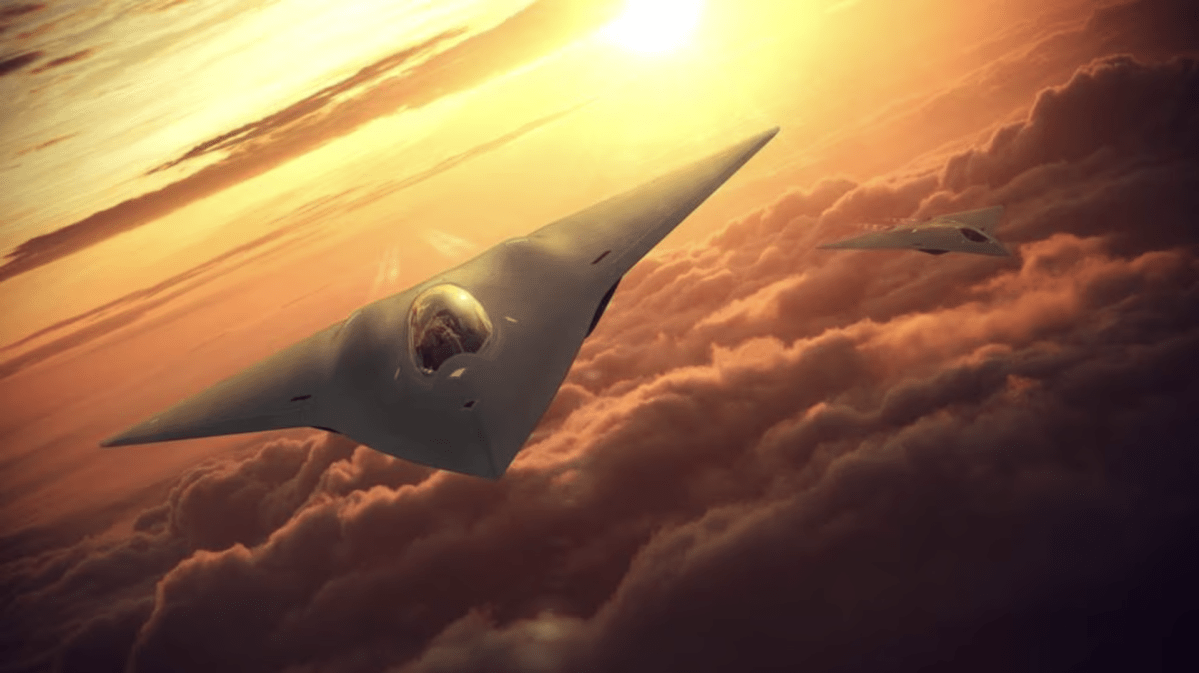Air Force chief of staff hedges on commitment to next-gen stealth fighter

The Air Force might be reevaluating its plans for a sixth-generation fighter jet in the coming years, as the service’s top officer on Thursday eluded confirmation that it would still field the Next-Generation Air Dominance (NGAD) aircraft despite the current and future budget restrictions facing the Pentagon.
“We’re going to have to make those choices, make those decisions and across the landscape,” Air Force Chief of Staff Gen. David Allvin said in response to questions about the service’s ability to field NGAD under the current budgetary environment, during an event hosted by the Air and Space Forces Association. “That’s going to probably play out in the next couple of years. For example, by this [2026 program objective memorandum] cycle. So those are things at work.”
Lockheed Martin and Boeing are known to be bidding to build the Air Force’s sixth-generation fighter jet — a highly complex aircraft that is expected to include advanced technologies and the ability to command drone wingmen known as collaborative combat aircraft (CCA). The service announced last year that it planned to pick a contractor for the aircraft’s engineering, manufacturing and development phase sometime in 2024.
However, the Air Force could face an uphill battle in terms of adequately funding the program. The Fiscal Responsibility Act — which caps total defense spending across the Defense Department for fiscal 2024 and 2025 — impacted the service’s budget, and the Air Force now also must grapple with other competing modernization efforts under development.
That includes both programs considered to be doing well, such as the B-21 Raider stealth bomber, and others that are experiencing massive cost overruns like the Sentinel intercontinental ballistic missile, which triggered a Nunn-McCurdy breach in January after drastically exceeding its initial cost projections.
The Air Force requested $2.7 billion for the NGAD platform in its budget request for fiscal 2025, indicating that it planned to spend $19.6 billion on the aircraft over the next five years. As the service builds its budget for fiscal 2026, Allvin noted it is “very, very thin across the board.”
When asked to clarify Allvin’s comments on the future of NGAD, Air Force spokesperson Ann Stefanek told DefenseScoop that the “Department of the Air Force is currently building its FY26 Program Objective Memorandum. Like every year, any resulting decisions will be released as part of the FY26 President’s budget early next year.”
As the service evaluates how it executes on its various modernization efforts, Allvin emphasized the importance of not putting “a lot of eggs in one basket” and being unable to adapt to new threats going forward. He said the service is taking the initiative to pursue human-machine teaming technologies and other capabilities that are adaptable to changing military environments as a method to mitigate some of those risks.
“’Built to last’ is a tremendous 20th century bumper sticker. But the assumption was, whatever you had was irrelevant as long as it lasted. I’m not sure that’s relevant anymore,” Allvin said. “Ten years after this, I’m hoping the technology will make it so that CCA won’t be as relevant, but it might be adaptable. And that’s where we’re building in modularity and adaptability.”



